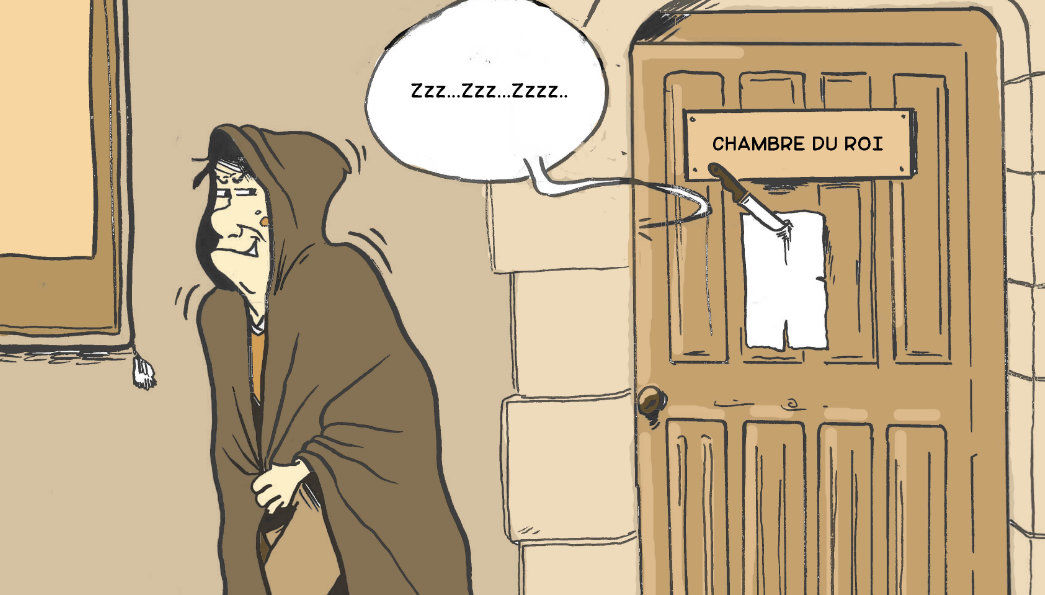It was a scandal that shook the kingdom of France and was one of the premises for the fateful Wars of Religion (1562-1598).
During the night of 17th to 18th October 1534, anti-Catholic pamphlets were posted all over the kingdom, even on King François Ier’s bedchamber door at the Royal Château of Amboise.
These documents, offensive and seditious, were an affront to the monarch’s authority and led to his radicalisation against Reformist partisans, towards whom he had until then been relatively tolerant.
The author of these texts was identified as Antoine Marcourt, a Neuchâtel pastor originally from Picardy. An example of these placards is preserved at the Musée de l’Imprimerie et de la Communication Graphique (Museum of Printing and Graphic Communications) in Lyons.
François Ier raged against what he considered a crime of lèse-majesté and ordered, as a reprisal, the arrest and execution of those considered to have organised the operation. The printer Antoine Augereau figured, notably, among the condemned. At this time, numerous Protestants, such as Jean Calvin, chose exile.
A few years later, the Wars of Religion tore up the kingdom and, more widely, Western Europe.
The Placards
The precursor of our posters, a placard is a written or printed notice posted publicly. They could be official, emanating from the authorities to inform the population of the sovereign’s decisions or to announce, for example, forthcoming celebrations. Very quickly, they also became a means to share unlawful ideas, insults and accusations anonymously.
